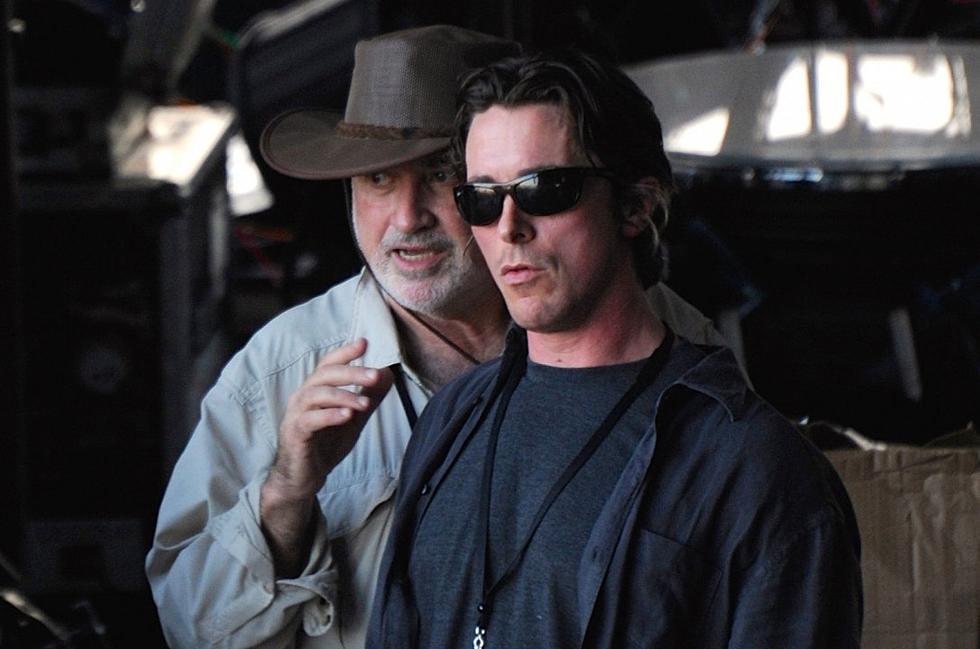
Here’s How Terrence Malick’s ‘The Tree of Life’ Was Originally Supposed to End
Last week I had a dream that Terrence Malick suddenly came out of the woodwork and started doing interviews. Not that I’m psychic or anything, but I think I’m kinda psychic. On Saturday the famously reclusive filmmaker, who hasn’t given a print interview since 1973, showed up at SXSW for a 30-minute talk with Richard Linklater and Song to Song star Michael Fassbender. It was an incredibly rare chance to hear about his filmmaking process, his personal life, and to actually see the guy in the flesh. On top of that, Malick fans got to learn even more rare details about the director’s work and life in a new in-depth profile.
Through interviews with the filmmaker’s friends and former classmates, the Texas Monthly article (h/t Indiewire) charts Malick’s personal life and career from his youth through today. It’s a fascinating read that’s well worth your time, but the most interesting tidbit is about the alternate ending to Malick’s Oscar nominated The Tree of Life. The final cut of the film ends with the O’Brien family moving away from their home in Waco, Texas. We then jump to the present day when the adult Jack (Sean Penn) has a vision of himself reconnecting with his family, his dead brother, and finally gaining closure with his father (Brad Pitt). Those familiar with Malick’s life know the film references the filmmaker’s own tumultuous relationship with his church organ-playing father and the suicide of one of his brothers. But the original ending of the film was even more directly personal.
The Texas Monthly profile reveals that instead of his family moving away, the young Jack arrives at St. Stephen’s Episcopal School, the boarding school Malick attended as a young man in 1955. His turbulent relationship with his father is partially what drove him to leave home and attend the school where he began to explore his interests in film, spirituality, and philosophy. Here’s the alternate ending as described by Joe Conway, Malick’s English teacher from the school:
In the unused ending, Jack leaves behind his tumultuous relationship with his father and finds a new kind of family. We see him walk past St. Stephen’s limestone chapel, the highest point on campus, those ‘green, undulating hills’ standing in the background. ‘Jack is just enraptured,’ said Conway, who has seen the cut. ‘He’s having this intellectual and spiritual awakening. If you take Jack as in any way reflecting Terry, well, St. Stephen’s is where he found a community that he embraced and that embraced him.’
That’s a much more straightforward ending than what Malick gives us in The Tree of Life, which is more in line with his on-going exploration of lyrical, poetic imagery. It also doesn’t sound nearly as powerful as the ending we’ve seen. I doubt we’ll ever see that initial cut of the film, but it’s amazing we’ve even learned about its existence at all. Now we just have to find someone who’s seen Adrien Brody’s cut scenes in The Thin Red Line.
More From ScreenCrush









